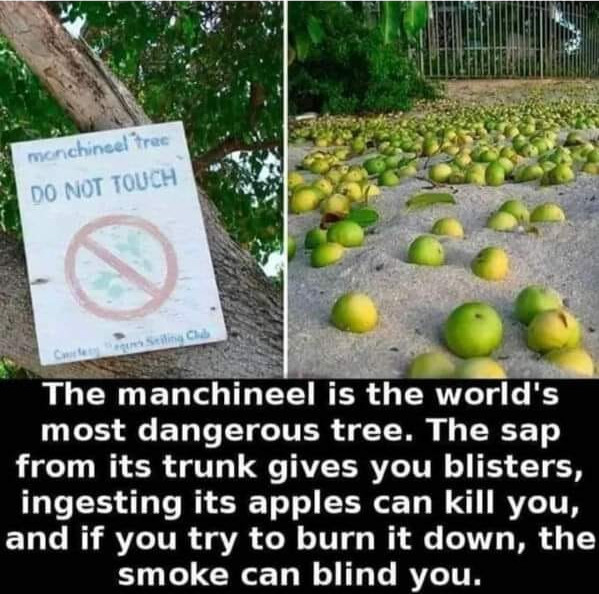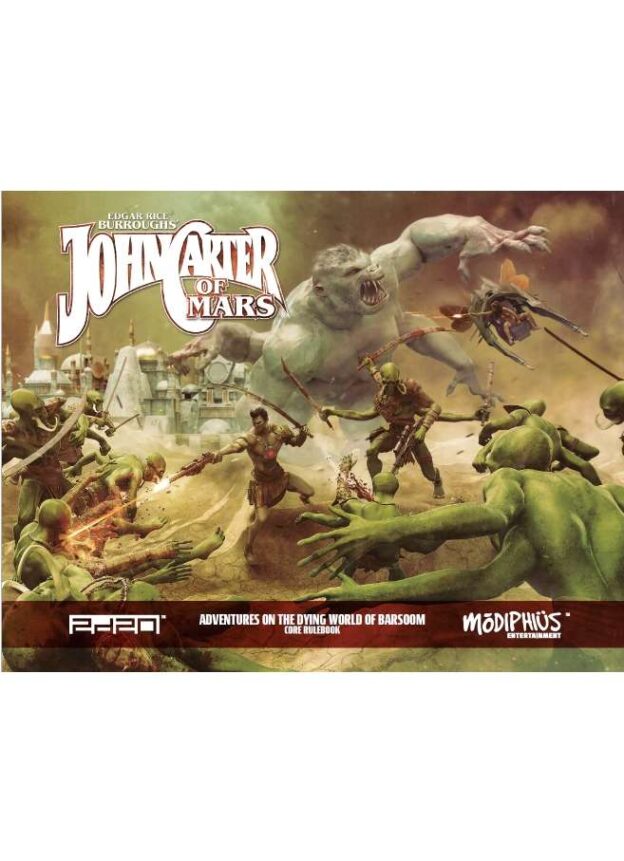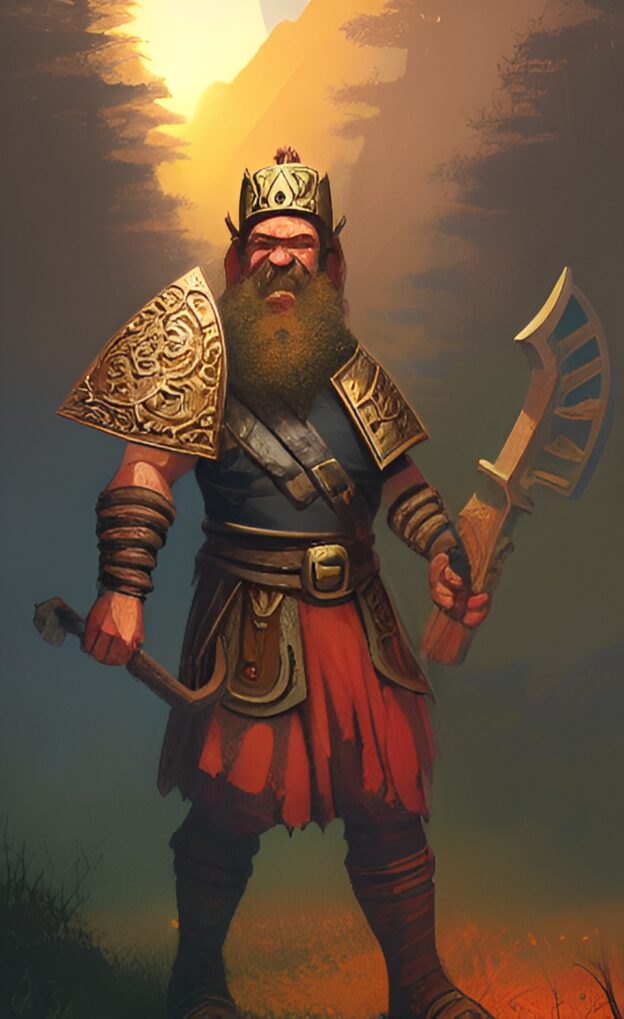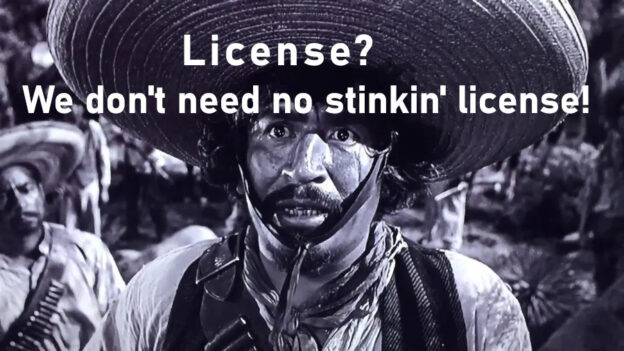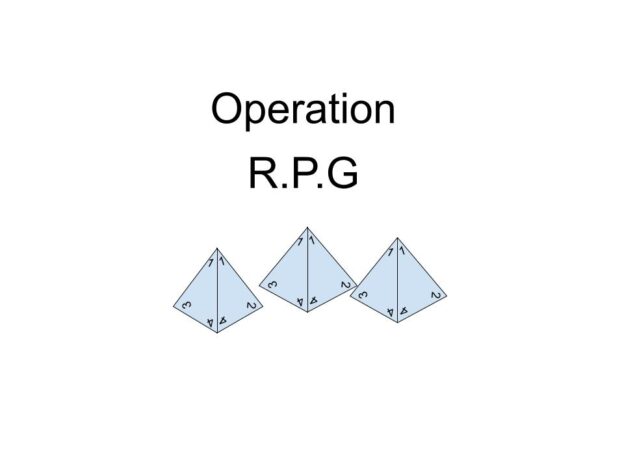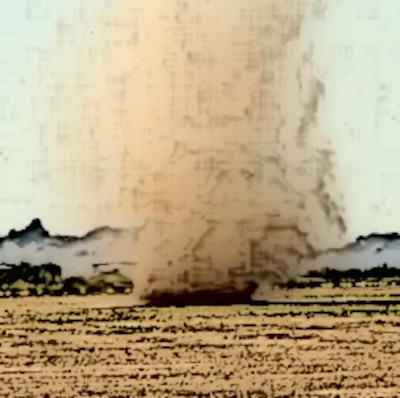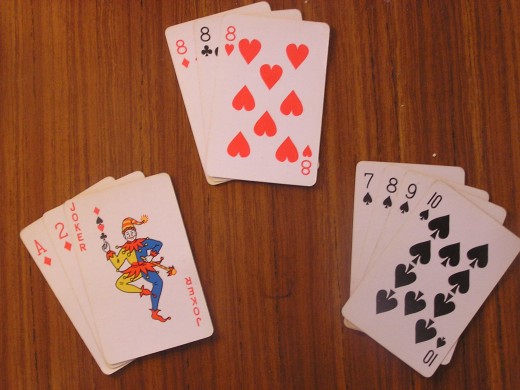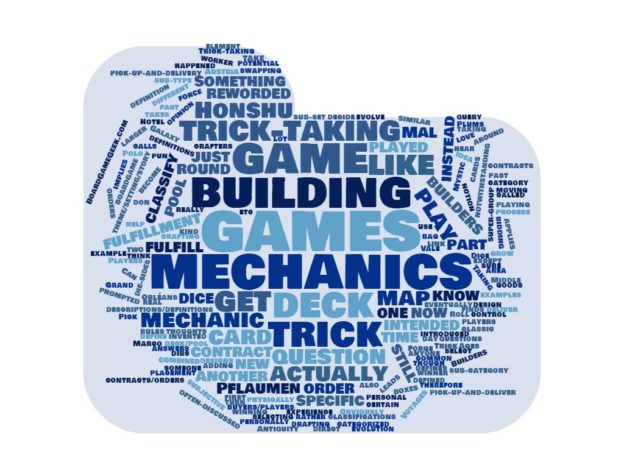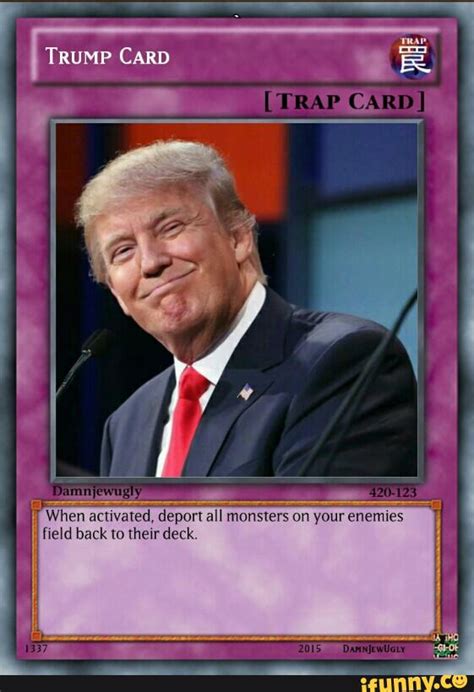I recently downloaded this free game at: https://noxicus.itch.io/operation-rpg
This is a very interesting concept for a game. For all the noise and fury over the WotC OGL, this little game has scooted right past since it is not in any way related to WotC et al. How refreshing!
‘OPERATION: R.P.G.’ is a clever little game that relies upon a dice pool of four sided dice (d4s). There are nine (9) attributes:
strong, stuff, sneak, speak, smash, smart, stab, stunt, and sense
You assign the following dice for your character:
- assign 3 dice to one attribute,
- assign 2 dice to two attributes, and
- assign 1 die to three attributes.
The rest get zero. You then create a ‘unique item’. Voila, you are done.
The play mechanic seems very similar to Dungeon World. It would seem that the Game Master never does any rolling, but instead presents situations and asks, “What are you going to do?” Perhaps the GM also presents some options. “Olaf tries to punch you; do you dodge trying to avoid the punch, or do you block and then counter punch?” Caveat — I think that is how it is supposed to go, and that is how I would proceed as GM; but as you can see from the use of ‘seems’ ‘seem’ and ‘perhaps’ — it is not that clear to me.
The situation is resolved by selecting an appropriate attribute for the action, the GM picks another attribute (I must admit I don’t exactly understand this part), and then roll all the dice and pick the highest one. If the attribute in question is 0 then you roll 2 dice and take the lowest. 4 is an Absolute Success, 3 is a Partial Success, 2 is a Partial Failure, and 1 is an Absolute Failure. Good things happen when you roll a 4, and bad things happen when you roll a 1.
There is also an issue of Stress. You can use Stress to push your Character — you get an extra die, or you can use Stress to perform other tricks.
I like this game and I want to try it out!
I only have one complaint, and it involves one of my pet peeves: I like ‘Lite’ RPGs, but not so ‘lite’ that I don’t understand what is going on. Sometimes a creator is so set on making the game sleek and streamlined that it ends up a little confusing, at least to me.
For instance, in this game there are a few things I found a bit confusing:
- I had to read the paragraph about assigning dice for character creation a number of times before I understood it, but perhaps I am just not that smart?
- What exactly is a ‘unique item’, and how do I create one?
- What does “Your game master will pick another…” mean in regards to the outcome rolls?
- Is the Task Resolution really like Dungeon World or was I just filling in the gaps incorrectly?
- How do the Characters advance?
Those are some pretty serious questions, and I think the rules should explain them in some detail. I will send a message to the creator and ask for clarification.
All in all I like the game. If I get the answers great, if I don’t I will improvise.
Enjoy!
RESPONSES TO MY QUESTIONS (27 JAN 2023):
“What exactly is a ‘unique item’, and how do I create one?”
In this case, a ‘unique item’ is a piece of equipment that you think your character would own, use, and have customized. For example, a getaway driver might have a fast car with nos capabilities, and a safe cracker might have an automatic lock picking device of some sort. In essence, a unique item is a piece of gear that reinforces the sort of character that you want to play. As for making one, it’s simply a matter of thinking up an item that you think your character would have, and proposing it to your GM. If they approve, it’s an item that you can always call on in the fiction to do things that you might not be able to do otherwise, as long as you would be able to reasonably do so (I.E. you have the item with you in the fiction). If they don’t approve of the item, you’ll have to think up a new item for your character and propose that one instead.
“What does “Your game master will pick another…” mean in regards to the outcome rolls?”
So, this is my favorite part of my rendition of the Caltrop Core system. The idea is that when you go to roll the dice, the player starts by saying what they want to roll with, a la Blades in the Dark. Then, the GM picks an additional attribute. Then, you combine the pools of the two attributes chosen, and roll that many dice.
For example: say I’m trying to hack a computer without setting off any alarms. I have a Smart of 2, so naturally, I want to use Smart for the roll. My GM sees that I’m trying to something without being noticed (in this case, by the alarm system of the computer), and picks Sneak, which I have a 1 in. Then, I combine the two attributes that were picked, bringing me to a total pool of 3 dice, which I now roll.
“Is the Task Resolution really like Dungeon World or was I just filling in the gaps incorrectly?”
Yeah. It’s built on the Caltrop Core engine, which has a system for different levels of success built in, similarly to PBTA games like Dungeon World.
“How do the Characters advance?”
Well, the only built in method of advancement in Operation R.P.G. is the increase in maximum stress that happens as you complete missions/adventures. I plan to make a second edition sometime, and expand on the rules, maybe even add a violence engine built on Caltrop Core EX. My current idea for an official advancement system has to do with coming up with an experience system based on having your character do cool stuff, then spending experience to get mostly narrative advancements (such as additional pieces of unique gear, gaining contacts, and the like), with the possibility of occasionally increasing your character’s attributes.
